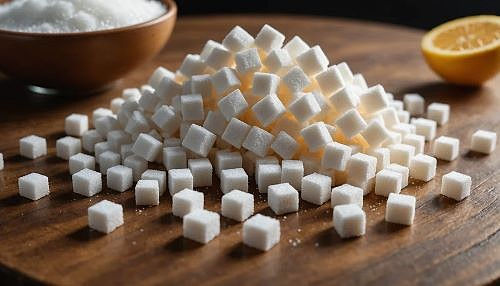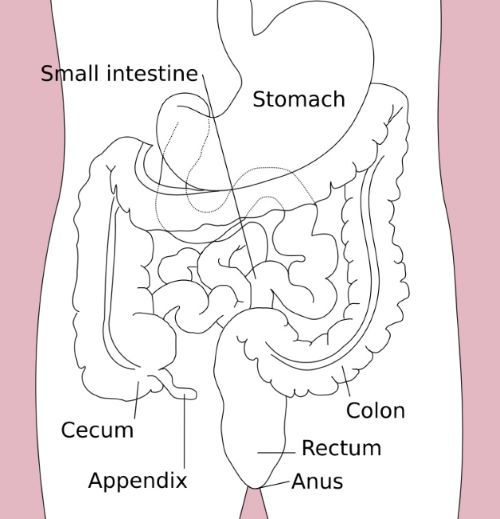Sucrose: Double Sugar of Science & Cuisine
- Sylvia Rose

- Feb 16
- 5 min read
Sucrose, commonly known as table sugar, is a disaccharide or double sugar of glucose and fructose. Most sucrose eaten by humans comes from sugar beets and sugarcane. The process begins with photosynthesis.

In photosynthesis, plants convert sunlight, carbon dioxide, and water into glucose. Glucose is then combined with fructose to form sucrose. To extract sucrose, sugarcane and sugar beet sap is harvested and purified.
In large exporters like Brazil, which produces about 40% of the world’s sugar, mechanical harvesters collect sugarcane. The juice is extracted and crystallized, transforming raw sap in to familiar refined table sugar.

The bond between glucose and fructose is created through a dehydration reaction, in which a molecule of water is removed. When plants produce glucose, some is converted into fructose.
Monosaccharides glucose and fructose are the basic sugars of most fruit. Sucrose appears as white crystals with about 4 calories / gram.
Sucrose is found naturally in a wide variety of plants. Besides the prime sources sugar beets and sugarcane, it forms in fruit like pineapples, peaches, oranges, cherries and apples.

Vegetables like carrots and sweet potatoes get their flavors from sucrose. Honey, produced by bees from nectar, contains a significant amount of this carbohydrate.
In nature, sucrose is an essential energy storage form. Plants store energy and use it during periods of low light, sprouting and growth, or unfavorable conditions. Plants also store sugar energy as polysaccharides like starch.
Sucrose molecules are efficient ways to package and transport energy. From the leaves where photosynthesis occurs they travel throughout the plant to the roots and other tissues.

Sucrose is less reactive than its individual components, glucose and fructose, making it a stable and readily available energy source for growth, reproduction, and other vital processes.
Many animals, including humans, rely on sucrose as an energy source. A medium apple can contain about 10 grams of sucrose. High in fiber, apples are largely undigestible until they reach the colon.
The sugars feed the digestive microbes and fortify intestinal cell walls. As humans consume sucrose, it's broken back down to glucose and fructose through the action of the enzyme, sucrase, produced in the small intestine.

Glucose enters the bloodstream as a main source of energy for cells. Fructose is metabolized primarily in the liver. While both provide calories, their metabolic pathways differ.
Once glucose enters the bloodstream, it fuels bodily functions and can be stored as glycogen for later use. Fructose can either be converted to glucose or stored as fat.

Sucrose is a fermentable sugar. This property is used in production of booze and baked goods. When yeast consumes sucrose, the enzyme invertase breaks it down to glucose and fructose.
Yeast absorbs the sugars, releasing byproducts carbon dioxide and water in aerobic respiration, and CO2 and ethanol in anaerobic respiration or fermentation. In baking and brewing both are part of the process.

Sucrose in Cuisine
Sucrose's most well-known benefit lies in its ability to sweeten and preserve food and beverages. It enhances flavors and adds texture. Highly concentrated sugar solutions have antimicrobial properties.
Yeast for example loves sugars but will die in too high a concentration. Most bacteria dislike high sugar content.
Baking: Sucrose is active in the Maillard Reaction. For instance, in cookies, sucrose helps achieve a crispy texture, and browning through caramelization, which develops deeper flavors.

Confectionery: The high solubility of sucrose allows it to create smooth and creamy textures in candies and chocolates. It also acts as a preservative, extending the shelf life of these treats.
Beverages: From adding sweetness to your morning coffee to creating refreshing summer drinks, sucrose is a versatile ingredient that enhances the flavor profile of countless beverages.
Preservation: Sucrose, in high concentrations, acts as a natural preservative by reducing water activity, inhibiting microbial growth, and extending the shelf life of jams, jellies, and other foods.

In candy-making, sucrose is used for sweetness and structure as in hard candies and chocolates. No matter what shape it takes, sucrose is the main component of sugar-based candies.
Other Uses
Pharmaceuticals: Sucrose is used as a coating for pills to improve their palatability and protect them from degradation.
Cosmetics: Sucrose can be found in some skincare products as a humectant, helping to attract and retain moisture.
Industrial Applications: Sucrose can be used in the production of biofuels and other industrial chemicals.

The term "sugar" is originally used only for sucrose. It's historically a luxury item and used sparingly. Over time, the term has become more general, encompassing sweet carbohydrates in general.
Sucrose functions in plant communication. When under stress, such as from pests, some plants can release sucrose to signal other parts of themselves, or their neighbors, to prepare defenses.

Candy canes come from 17th century Cologne, Germany. A local candy maker is commissioned to create treats for children to keep them quiet during Christmas Eve Mass.
He makes sugar sticks with hooked ends to resemble shepherd's crooks, to associate them with the nativity and Christmas. Today they're a widespread tradition.

Non-Fiction Books:
Fiction Books:
READ: Lora Ley Adventures - Germanic Mythology Fiction Series
READ: Reiker For Hire - Victorian Detective Murder Mysteries


